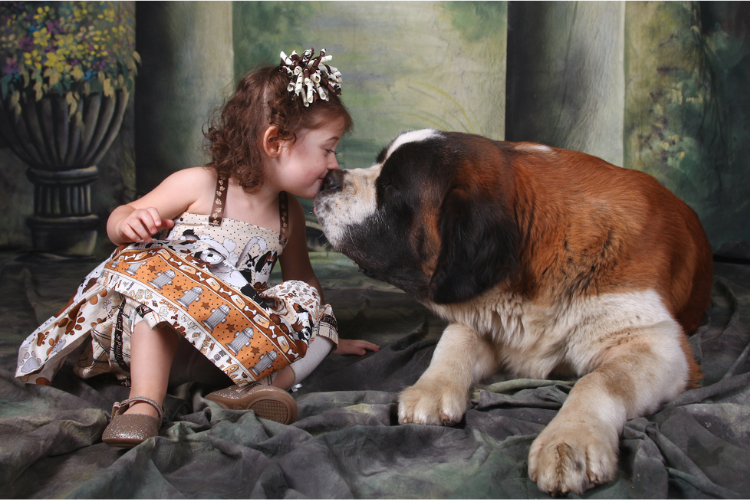Behind every surrendered pet is a family story that rarely makes the headlines.

The number is stark, but the stories hidden inside it are heavier. Across shelters nationwide, a 43 percent surge in pet surrenders has turned bustling lobbies into tear-stained goodbyes. Families that once considered their pets unshakable constants are now facing choices that never should have to exist.
For many, the heartbreak is not about love lost but money gone missing. Rising rent, climbing food costs, and stretched paychecks have left households staring at bills they cannot meet. The family dog or cat, once a symbol of comfort, too often becomes another sacrifice to survival.
1. Shelters are packed beyond capacity.

Walking into many shelters now feels like stepping into a waiting room that never empties. Staff whisper about lining kennels down hallways because the official runs filled up weeks ago. According to the American Society for the Prevention of Cruelty to Animals, the sharp increase in surrenders has collided with slower adoption rates, leaving shelters cornered.
The ripple effect is unavoidable. Overcrowded facilities strain workers and volunteers already stretched thin, forcing them to choose between caring for the animals in front of them and saying yes to the next family waiting at the door.
2. Veterinary bills are tipping families over the edge.

It is not only food and housing that push families into impossible decisions. Unexpected veterinary costs—often hundreds or thousands of dollars at a time—can be the moment when holding on becomes too much. Many households that once scraped by simply cannot shoulder those surprise expenses, as reported by the Humane Society.
That reality turns ordinary illnesses into final goodbyes. A broken leg, a dental infection, or a chronic condition can shift the balance overnight, with families arriving at shelters carrying both their pet’s medical records and their own guilt.
3. Landlords are tightening rules that push pets out.

Housing insecurity has become its own villain in this story. Many landlords have begun cracking down on pet-friendly policies, raising fees or banning animals outright. As discovered by the National Alliance to End Homelessness, rising rents and stricter regulations leave pet owners with fewer safe places to live.
Families forced to move suddenly find their options narrowed: keep the pet and lose the lease, or surrender the pet and secure a roof. It is a choice that feels cruel in its simplicity, yet thousands are making it under pressure.
4. Families are keeping food on the table but not in the dog bowl.

In kitchens across the country, grocery lists are shrinking, and what gets crossed out first is often kibble. Owners who once splurged on treats are rationing dry food, pouring smaller scoops with heavier hearts. That gnawing reality drives many to shelters, not because they stopped caring, but because they cannot bear to watch their pets go hungry.
The guilt is relentless, but so is the practical math of survival. Choosing human meals over pet food is not about indifference. It is about impossible arithmetic.
5. Rural communities are feeling the sting the hardest.

Outside big cities, the crisis takes on another edge. Small-town shelters lack the sprawling networks and donor pipelines that urban centers sometimes rely on. Volunteers juggle fundraising, cleaning kennels, and running adoption drives with little backup.
In places where resources are scarce, a handful of extra surrenders can feel like a tidal wave. Rural families may drive hours to drop off a pet, only to leave it in a shelter that is already stacked to its limits.
6. Volunteers are becoming emotional lifelines.

Shelter workers expect the long hours and the endless cleaning. What they do not always prepare for are the families that need comforting on the way out the door. Volunteers find themselves holding crying children, explaining to teenagers that the dog will be safe, or simply standing in silence with parents who cannot find words.
The animals are not the only ones in crisis. The humans leaving them behind often carry heartbreak heavier than a leash or a carrier. Volunteers, unpaid and often untrained for counseling, become accidental grief workers.
7. Adoptions are slowing when they are needed most.

Adoptions have not disappeared, but they are lagging behind the flood of incoming pets. Families considering bringing home a dog or cat now weigh the same economic worries that caused others to surrender. Hesitation grows where excitement once was.
This slowdown means animals linger longer in kennels, watching new arrivals replace old neighbors. For some, it stretches from days into months. Shelter staff describe the way once-bright dogs retreat into quiet corners, waiting for a chance that does not come quickly enough.
8. Creative solutions are surfacing but can’t keep pace.

Pop-up food pantries for pets, emergency foster networks, and community fundraising drives have sprung up like sandbags in a storm. Each one buys a little more time for families trying to hold on. In some neighborhoods, these stopgap efforts have kept hundreds of pets at home.
But demand outruns supply. As more families face the squeeze, these lifelines stretch thin. The community rallies, yet even the most inventive programs cannot erase the underlying financial weight pressing families down.
9. Children are the quiet witnesses to loss.

For kids, losing a pet in this way does not feel like economics. It feels like losing a sibling. Parents try to soften the blow with promises of visits or explanations about new homes, but children understand absence more than policy.
The long-term sting lingers. For many, the first memory of financial hardship will not be a late bill or a cold dinner but an empty dog bed in the corner. Families know it, and the sorrow cuts deeper because of it.
10. Hope still flickers in unexpected places.

Amid the statistics and the heartbreak, there are flashes of resilience. Families who surrender pets sometimes return months later, stronger, asking if their dog or cat found a home. Volunteers describe the small joy of sending photos or sharing good news.
Even within the crowded kennels, bonds still form and kindness still wins ground. Every successful adoption becomes a reminder that while hardship may break routines, it does not have to break the bond between humans and the animals they love.
